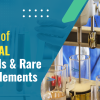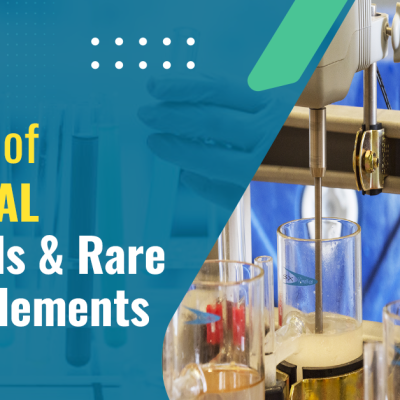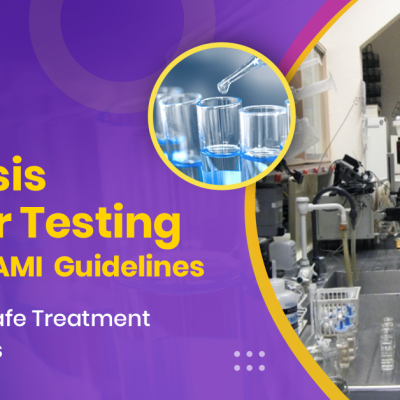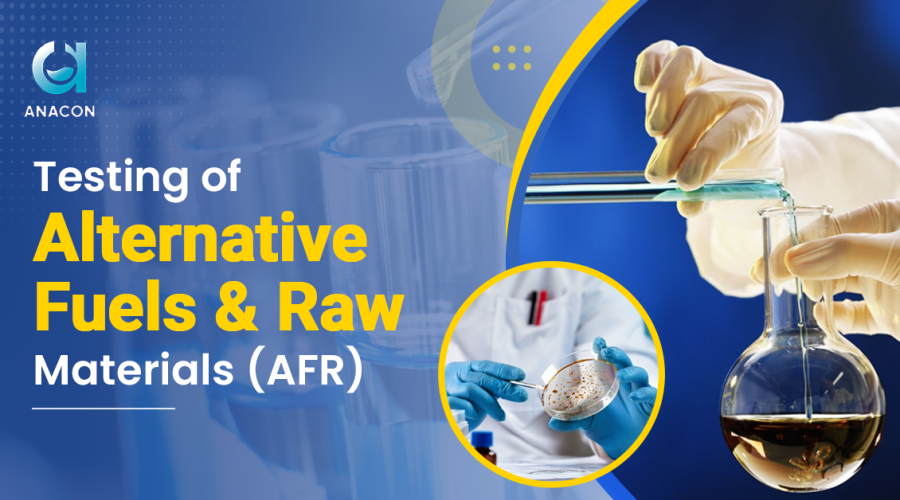
Testing of Alternative Fuels and Raw Materials (AFR)
Ever wonder how the industries decrease their carbon footprint while enabling efficiency and productivity? It’s all about the innovative use of Alternative Fuels and Raw Materials in cement, steel, and energy industries. In these fragile times of climate change and resource depletion, AFR has emerged as a game-changer for industries like cement, steel, and energy. So how do these materials undergo raw materials testing for safety, efficiency, and environmental impact? In this blog, we’ll dive deep into the cutting-edge fuel testing methods for AFR, explore advanced facts, and reveal how this technology is shaping a sustainable future. By the end, you’ll gain a clear understanding of the science behind AFR and why it’s critical for the next industrial revolution.
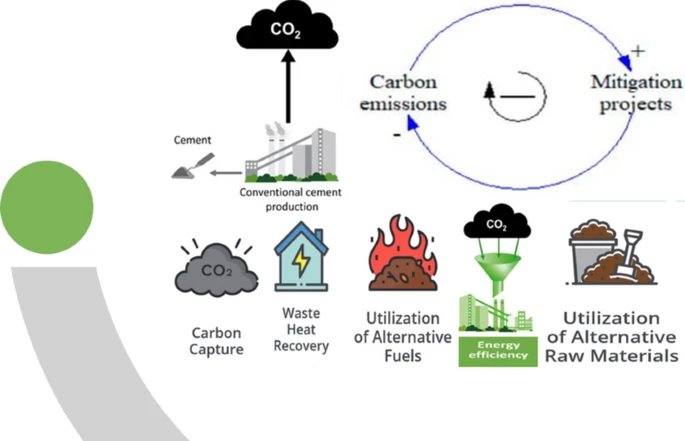
The Rise of AFR: A Necessity for Sustainability
Alternative Fuels and Raw Materials or AFR used to be more of an add-on but not anymore. After all, with fossil fuels and raw materials being a very finite resource, extraction contributes significantly to GHG emissions. According to the International Energy Agency, this industrial sector causes nearly 40% of world CO2 emission, while production of cement amounts to 8%. Biomass, industrial wastes, and those plastics that don’t have anything else to use for qualify as AFR.
For instance, in certain areas, the cement industry has managed to substitute 30-40% of its conventional fuels with AFR, thus cutting down CO2 emissions by as much as 20%. However, prior to their utilization, these materials must undergo strict testing to guarantee that they pass safety, efficiency, and environmental requirements.
Advanced Testing Methods for AFR
Testing AFR is complex and consists of several stages. These include chemical composition evaluation, energy content, and environmental impact. Among the most sophisticated testing methods that are applied nowadays are the following:
Calorific Value Testing:
The energy content of AFR is determined through bomb calorimetry, which measures the calorific value of the material. For instance, refuse-derived fuel usually has a calorific value of 12-18 MJ/kg and hence can be a substitute for coal.
Final Analysis:
Ultimate analysis defines the chemical composition of AFR, such as carbon, hydrogen, nitrogen, sulfur, and oxygen. This assists in the evaluation of combustion properties and possible pollutant emissions. For example, increased sulfur content can cause greater SO₂ emissions, necessitating extra pollution control.
Emission Analysis:
Emissions during the combustion of AFR are tested with advanced gas chromatography and mass spectrometry. This avoids harmful pollutants, such as dioxin and furan, from passing over the permissible level. For instance, based on some tests by the modern method, using AFR will reduce NOx by 15% to 30% than conventional fuel.
Material Compatibility Test:
AFR should be compatible with existing industrial equipment. Testing involves simulating high-temperature environments to assess how AFR interacts with machinery. For example, some AFR materials have been found to increase equipment lifespan by reducing wear and tear.
Environmental Impact Assessment:
The LCA is the measurement of the overall environmental impact of AFR from sourcing to disposal. It has been reported that using AFR can reduce the carbon footprint of industrial processes by up to 50%.
Role of Innovation in AFR Testing
The future of AFR testing relies on innovation. One very exciting feature is the application of AI and machine learning into predicting the performance of AFR materials. AI will analyze enormous data and determine the best combination of AFR for a particular industry, thus increasing efficiency and cutting cost.
Another innovation presented is the portable testing kit. This kit allows AFR material on-site testing. Apart from facilitating fast testing, this reduces transportation needs, making the carbon footprint even smaller.
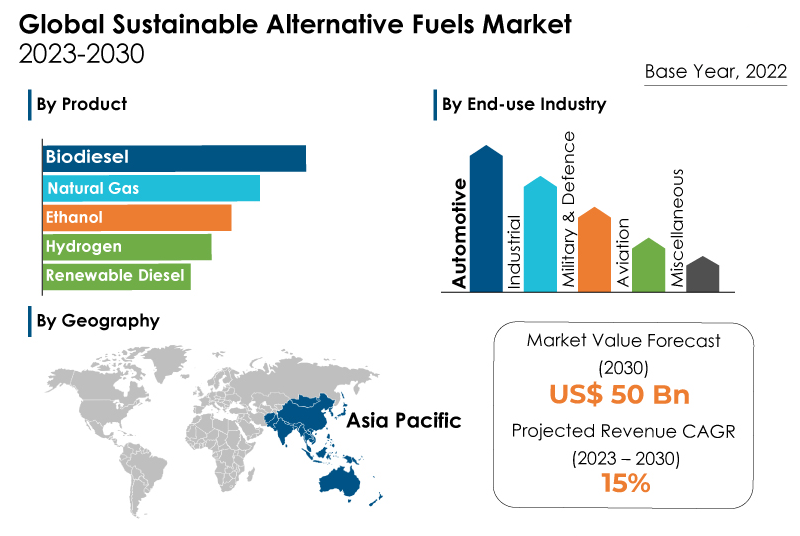
The Future of AFR: A Global Perspective
The global AFR market will have a compound annual growth rate of 15% from 2023 to 2030, reaching $50 billion. Although Europe is the leader in substitution demand, Germany and Sweden managed to achieve AFR substitution rates of more than 60% in some industries. However, emerging markets in Asia and Africa are witnessing large growth rates as they upscale their sustainability adoption of AFR.
However, the wide acceptance of AFR is dependent on rigorous testing and certification procedures. The lack of correct information regarding the performance and environmental implications of AFR materials leaves industries without proper guidance.
Why AFR Testing Matters
Testing alternative fuels and raw materials is, however, not only a technical matter but a corner for sustainable industrial development. We make sure that we have safe, efficient, and environmentally friendly materials for AFR.
With companies embracing AFR, the advanced testing service is something that will only increase. Whether in the government sector, manufacturing, or as an environmentalist, knowing the science of AFR testing will be handy.
Are you ready to take a sustainability step forward? Anacon Laboratories has the most cutting-edge AFR testing service at your fingertips. Contact us today to see how we can help you reach your sustainability goals.

